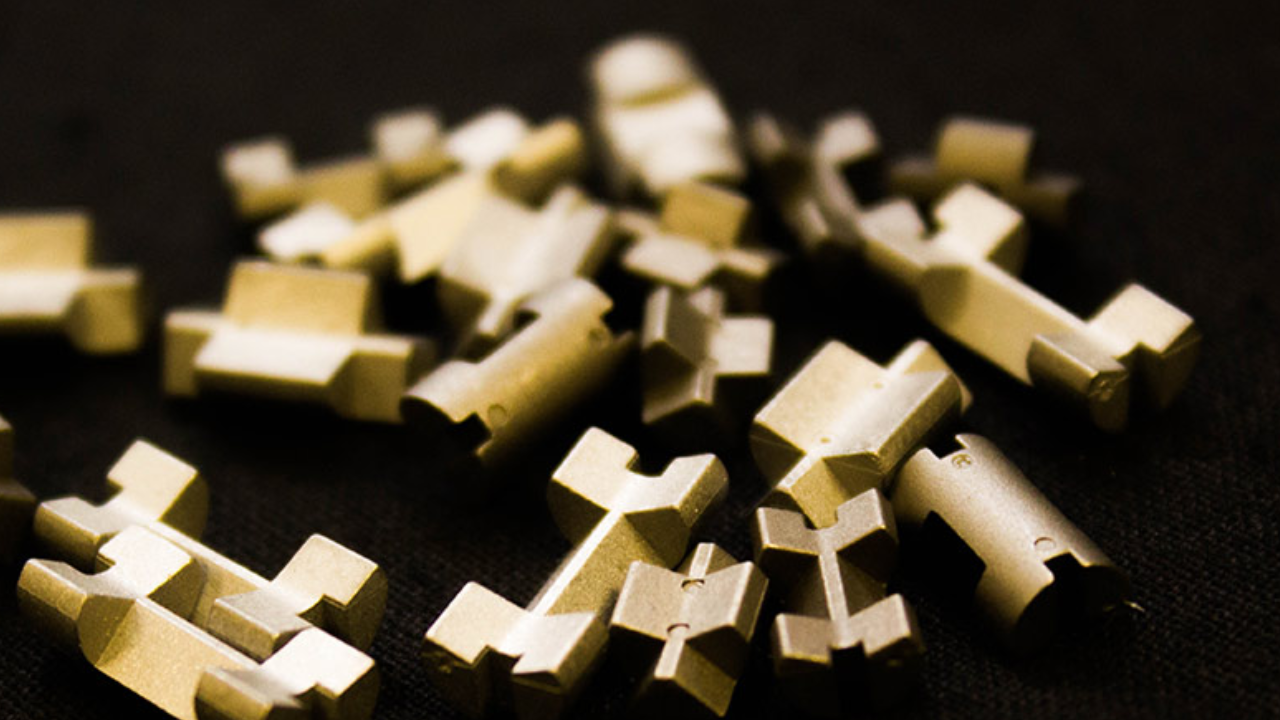During the last few years, the CNC machining era has been superior from fundamental gadget tools to greater complicated ones. One of the maximum contemporary techniques now on hand is five-axis CNC machining. It gives an endless sort of alternatives for issue manufacturing with the aid of the use of subtractive machining.
Extended accuracy, precision, performance, and dependability are all benefits of five-axis machining. Moreover 5-axis machines have tremendous capabilities than their competition due to the fact to their extra axes. Additionally, CNC may be used for the entire automation and administration of the technique. As a result, this generation is used by numerous honest CNC device groups to provide quality CNC machining offerings.
A comparison of 3-, 4-, and 5-axis CNC machining
The variations between three-axis, four-axis, and five-axis CNC machining can be discussed subsequently.
3-axis CNC Machining
The three-axis milling system is the maximum popular CNC device. The X, Y, and Z axes are most of the three linear ranges of freedom that the milling device has, making it a 3-axis. The Z-axis moves up and down, the Y-axis is horizontal, and the X-axis factors in a vertical path. Three-axis CNC milling works based on cutting fabric from a blank placed on the gadget mattress at the same time as rotating reducing equipment moves along X, Y, and Z coordinates to cut the object precisely.
Three-axis CNC milling machines are typically used to reduce components with cubic geometry due to the fact they can best cut items along three axes. The operator needs to manually flip the blank or trade fixtures if the part has six aspects that want to be machined. Except, its miles hard for three-axis CNC to gadget elements with unconventional shapes, and deep, slender cavities.
When you have a limited price range or the surface of a component is the most effective function want to be machined, three-axis CNC machining is the pleasant preference. Moreover, the set-up time for machining is a whole lot shorter than for 4-axis or 5-axis machines, and the gadget fee is lower. Even as three-axis machines are less difficult to program, the preservation fee is a whole lot lower.
4-axis CNC Machining
There are various alternative configurations for four-axis machines, however, typically they’re used for vertical machining, which means the spindle rotates around the Z-axis. The A-axis is commonly used to rotate a block of material located on the X-axis. As a result, one fixture association may be used to method each aspect of the item.
4-axis CNC machining can be greater sensible and low-cost than 3-axis CNC machining. As an example, let’s say you are prepared to apply three-axis machining to gadget a product that desires two different fixtures. The furniture is also priced at £800 and £1000, respectively. However, if you pick 4-axis machining, the benefit of A-axis talents, which prices £one thousand, simplest one fixture is needed.
Moreover, there’s no need to exchange fixtures even as machining is taking region, which lowers fees and operator errors. Because mounting and resetting furnishings reasons a lack of dimensional precision, no longer converting them for the duration of machining lets in for the renovation of tight tolerances throughout functions on numerous aspects of the item.
5-axis CNC Machining
5 sides of the workpiece may be automatically machined at once, consistent with the five-axis machining theory. Indexed three+2-axis and non-stop (full) 5-axis CNC machines are the 2 number one sorts. 3 plus 2-axis CNC machining starts growing parts with tight tolerance by including the B-axis, which rotates with the Z-axis and works with the X, Y, Z, and C axes.
Due to the fact the X, Y, Z axes and B, and C rotation axes in three-plus 2-axis machining perform independently, the workpiece may be turned on the subject of the cutting tool at any compound attitude. A product may be made from all directions without guide rotation with the use of three-axis plus 2-axis machining if it wishes to have deep voids and difficult systems.
Even as indexed 3 plus 2 axis machining may create items with extraordinarily complicated structural information, it cannot pass the X, Y, and Z axes and rotate the B and C axes at the same time. The reducing tools flow alongside the X, Y, and Z coordinates at the same time as rotating axes are in operation in whole five-axis machining, permitting all axes to manufacture parts simultaneously.
Conclusion
Five-axis machining may be the most desirable choice if your objects require tighter tolerances and extra complex shapes. 3 plus 2-axis machining is easier to use if you virtually want a better and faster way to provide objects with much less complex structures. Both full 5-axis and 3-plus-2-axis machining have particular benefits; by choosing the approach as a way to improve your manufacturing manner and increase profits, you could maximize performance.
